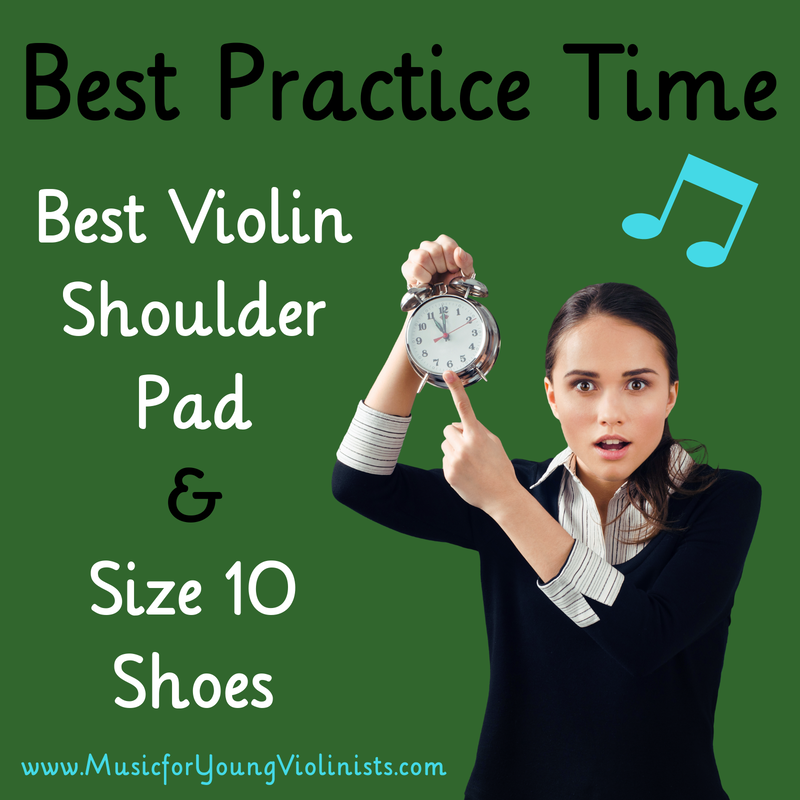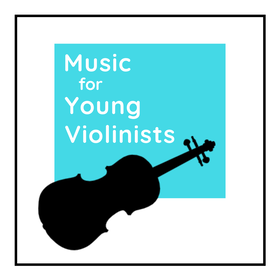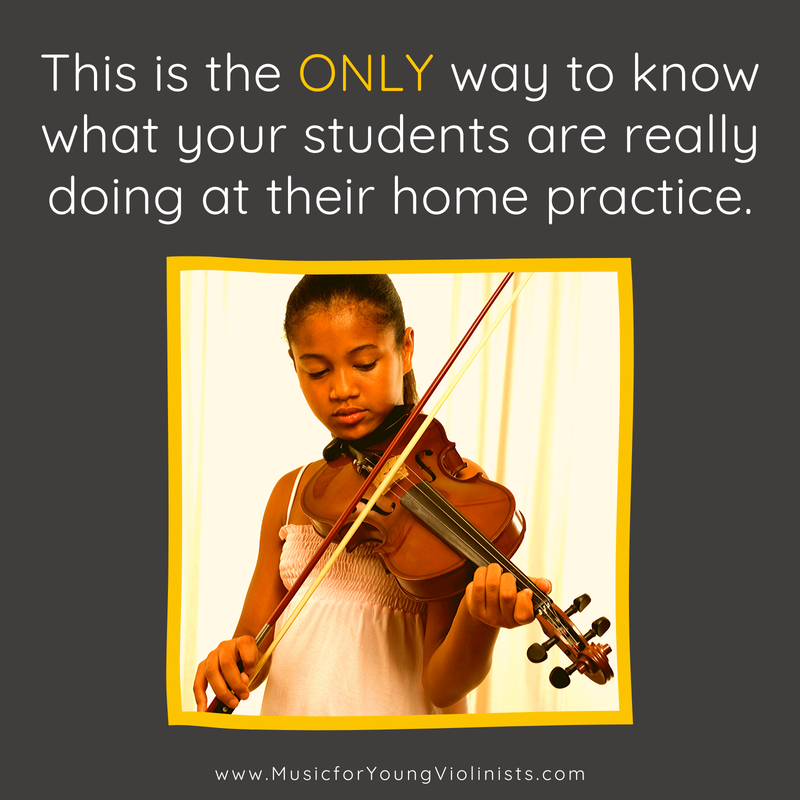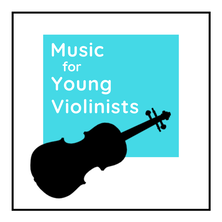|
Have you ever received advice from a teacher that may work for everyone else but would end your (or your child's) violin career? We live in the information age where everyone seems to have an "expert" opinion about what is best. However, that does not mean that it is the "best" for your unique situation. Learn how to evaluate what is best for your (or your child's) practicing needs with this blog and video post explaining the importance of context.  Everything in this world exists in context including when to practice and what shoulder pad to use. Here I share my favorite metaphor about why size ten shoes are the best size to explain the importance of context and how to evaluate what is going to be the best formula for your (or your child's) violin practice needs. I felt that if I was going to do a series on practicing, which in itself asserts that I have an expert opinion on the subject, that it would be insincere to publish these posts/videos without adding the balancing view that this contribution to the practicing series adds: Life exists in context. What exactly do I mean by this? I think most violin teachers would agree that practicing in the morning is the optimal time to practice - the mind is fresh, the daily responsibilities have not accumulated yet (for either parent or child). Also, by practicing first thing in the morning, you achieve the triumphant feeling of having accomplished something of significance at the start of the day which empowers a young person to proceed confidently through the rest of their day. However, I know that more than one person reading this would assert that practicing first thing in the morning would be the kiss of death for their child or student because it would lead to negative power struggles as the child works against their delicate circadian rhythms resulting in defeat for all parties involved. Morning practice routines are just one example of many that we as adults have to consider in context when teaching the violin to young children. Other areas that come to mind are shoulder pads, chin rests, repertoire sequencing and musical genres. Keep the concept of context in the back of your mind when working with young musicians to help best support them in their journey learning the violin.
5 Comments
There is ONLY one way to know what your students are doing at home... I spent 1 week watching my students practice, and it was one of the most profound things I have ever done in my teaching. I believe that if more teachers did this, then we would be able to help more students reach higher levels in their violin playing. In this video (posted below) and correlating blog post I explain how I organized a week of watching my students practice and why this was such a powerful use of time. How I organized The Practice Experiment: The week before watching students practice I had told them to expect something very different at their coming lesson, but I did not say what it was since I wanted to observe them in their "natural practice state" as much as possible. I was hoping to avoid students preparing for this observation since it would not be an honest representation of their work and defeat the purpose. On the following week, I brought my computer to my teaching studio and reorganized the space so I could sit at my desk. After explaining that I would be observing them practice, I was silent and typed up a personalized report for each student while they showed me how they practiced. We reviewed the report together at the next week of lessons and went over suggested modifications to their practice routine. It was a heartfelt but shocking and humbling week. I was touched by the loving interactions between parent and child, but I was genuinely shocked that only about 20% of my students actually followed their practice notes (I create a personalized lesson sheet for each student to help us stay organized). Also, I was humbled that after 20 years of teaching and priding myself on being highly organized that so many of my students were not clear on: 1- What was actually expected of them. 2- How to execute the specific teaching points by themselves even after covering in repetition at their lesson. I also have always assumed that if something were not accurate, then the student would isolate the issue and create a practice spot out of it. I was WRONG on this because over and over again I heard my students plow over obvious inaccuracies in their interpretation. ((((((Deep Exhale from Me)))) So, the other part of this humbling lesson is that I had first heard about doing this years ago but delayed implementing it. I regret this because had I done this in past years my students would absolutely be having a higher success outcome with their efforts. I will know at the end of April if I am accepted into nursing school. If so then this will be my final nine weeks of violin teaching from a 20+ year career. Better late than never but hopefully by passing this along here you can carry the torch and watch your students practice to serve them best and nurture their gifts. The following is an extreme statement but I think the sentiment will be heard: It DOES NOT MATTER how great of a teacher you are and it DOES NOT MATTER how talented your student is. IT MATTERS how they interpret the lesson information and practice in their own space and time. The only way to check in on this is to actually watch them practice. We want to hear from you and know how you help your students reach their highest potential. Please share in the comments below. Thanks!
|
Categories
All
Archives
February 2024
AuthorHi! It's me, Heather. I absolutely love working on the Music for Young Violinists project and all the many facets: blogging, website, music, teaching materials, freebies, videos, newsletter and giveaway contests. The best part is connecting with you so feel free to drop me a line. You can learn more about me on the "ABOUT" page. Thanks! |


 RSS Feed
RSS Feed
